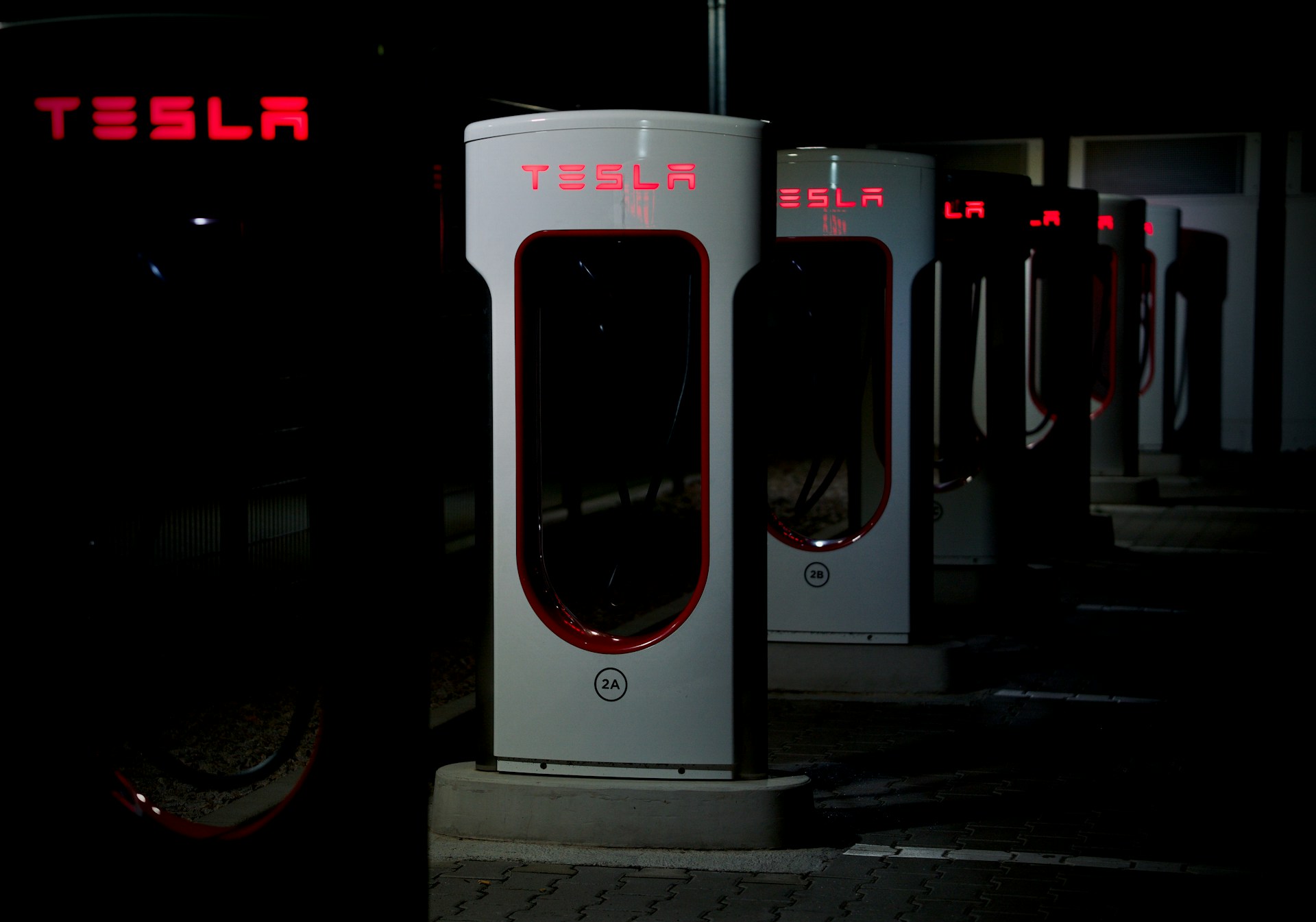New EV Tax Credits in 2024: Boosting Tesla and BYD Sales
The electric vehicle (EV) market is buzzing with excitement as new tax credits in 2024 promise to accelerate the adoption of electric cars, particularly boosting the sales of industry leaders like Tesla and BYD. According to a BloombergNEF report, global EV sales are projected to reach 14 million units by the end of 2023, and the introduction of these tax incentives is set to push this number even higher in 2024. In this article, we’ll explore how these new EV tax credits could be a game-changer, not just for Tesla and BYD, but for the entire EV industry. We’ll dive into how these incentives work, what they mean for car buyers, and why now is the best time to consider switching to an electric vehicle.
Understanding the 2024 EV Tax Credits
What Are the New Tax Credits?
Starting in 2024, the government has introduced enhanced tax credits aimed at making electric vehicles more affordable for the average consumer. According to InsideEVs, these credits can range from $7,500 to $10,000 depending on the vehicle’s price, battery capacity, and domestic manufacturing criteria. This initiative aims to promote cleaner energy consumption and reduce the carbon footprint of transportation, a sector responsible for approximately 29% of total U.S. greenhouse gas emissions.
How They Benefit Tesla and BYD
Tesla, known for its Model 3 and Model Y, and BYD, famous for its Han EV and Tang SUV, are likely to benefit significantly from these incentives. As per Electrek, Tesla’s production in the U.S. qualifies it for the maximum tax credit, potentially reducing the Model 3’s effective price, making it even more competitive against traditional combustion vehicles. Meanwhile, BYD, which is ramping up its U.S. operations, is expected to gain traction due to its affordable pricing and increasing brand recognition.
The Impact on EV Sales and the Market
Boosting Consumer Interest
The new tax credits are designed to make EVs financially accessible to a broader audience, effectively lowering the entry barrier for first-time electric car buyers. A recent survey by McKinsey revealed that cost is the primary deterrent for 50% of consumers considering EVs. With these tax breaks, consumers can save significantly, making electric cars a more attractive option.
Increased Competition and Innovation
With tax incentives leveling the playing field, competition among automakers is set to intensify. Tesla and BYD will need to innovate continually to maintain their lead. This could mean more features, better battery technology, and extended range offerings. For instance, Tesla’s upcoming Cybertruck is expected to have a range of over 500 miles, setting a new standard in the industry.
Practical Tips for Prospective EV Buyers
How to Choose Your First Electric Car
When considering an electric vehicle, think about your driving habits, charging options, and budget. Here’s a quick guide to help you choose:
- Range: Consider models like the Tesla Model Y, offering up to 330 miles on a single charge, perfect for long trips.
- Charging Infrastructure: Check local charging networks. Tesla’s Supercharger network is extensive, while BYD is expanding partnerships for charging solutions.
- Total Cost of Ownership: Factor in maintenance savings and fuel costs over time. EVs generally have lower operating costs compared to gas-powered cars.
Charging Guide for Beginners
Charging an EV is simpler than it seems. Here’s how to start:
- Home Charging: Install a Level 2 charger for faster overnight charging.
- Public Charging: Use apps like PlugShare to find nearby charging stations.
- Fast Charging: Tesla’s Superchargers can charge a battery to 80% in about 30 minutes, ideal for road trips.
Best EVs of the Year
Based on performance, range, and value, here are some top picks for 2024:
- Tesla Model 3: A balance of performance and affordability with strong tax credit eligibility.
- BYD Han EV: Known for luxury and performance, offering a range of up to 376 miles.
- Ford Mustang Mach-E: Combines iconic design with electric efficiency.
Conclusion: The Future of EVs with Tax Incentives
The new EV tax credits in 2024 are set to transform the electric car landscape, making it an exciting time for consumers and manufacturers alike. With Tesla and BYD poised to capitalize on these incentives, we could see a surge in innovation and adoption across the industry. Whether you’re a seasoned EV enthusiast or a curious newcomer, the coming year offers numerous opportunities to embrace sustainable transportation.
As we look forward to a greener future, what are your thoughts on the potential impact of these tax credits? Could 2024 be the year you make the switch to electric? Share your thoughts and join the conversation on the future of electric vehicles.

